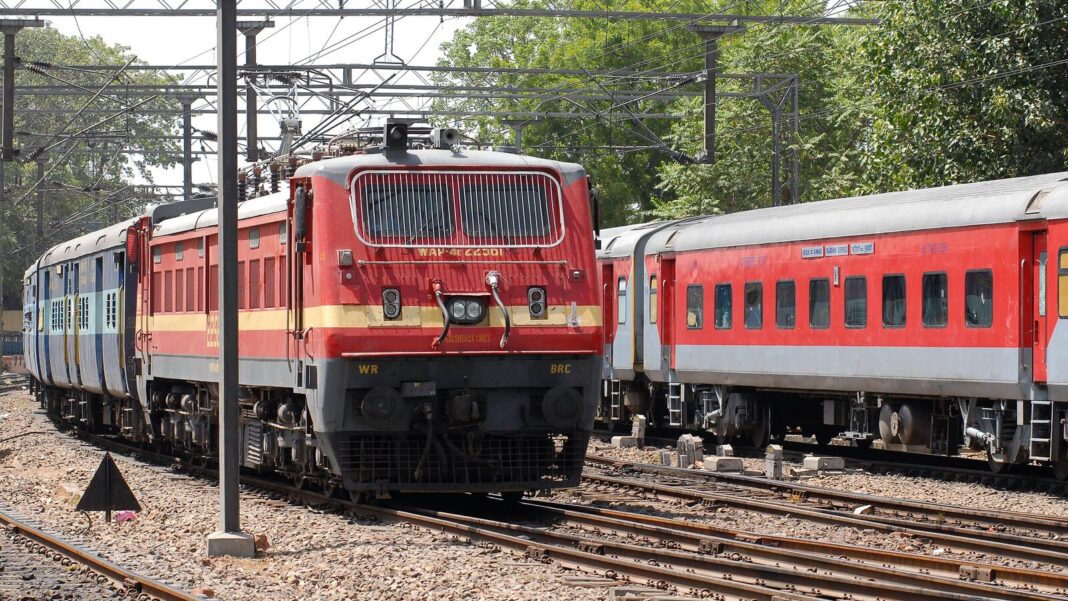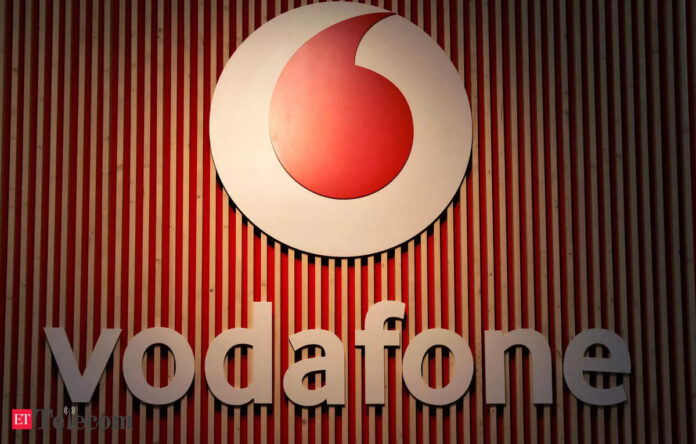In Short:
India is working to modernize its railway infrastructure with the Kavach system, designed to prevent collisions and increase safety. The system uses a complex communication protocol with radio and GPS signals to alert trains of potential threats and apply brakes automatically. Deployment of Kavach is slow due to high costs, but increasing budget allocations and involving private players can speed up the process, making India’s railways safer for the future.
India’s Journey Towards Safer Train Travels
India is on a mission to modernize its railway infrastructure, increase capacity with new trains and tracks, and ensure a faster rollout and constant upgrades of systems. However, safety remains a critical concern, with rail crashes still posing a threat to passengers, as reported by Mint.
What Makes Kavach Unique?
Most safety systems around the world rely on radars or RFID tags. Kavach, introduced in 2020, operates on a sophisticated communication protocol that combines radio and GPS signals between trains and tracks, sending alerts to prevent collisions. On tracks equipped with Kavach, the system can automatically apply brakes, even without driver intervention, if it detects any safety risks. These systems are 4G/5G compatible, aiming to enhance overall safety.
Current Status of Kavach System
The Automatic Train Protection system, Kavach, was developed in India by the Research Design and Standards Organisation (RSCO) in partnership with three Indian firms. Though the goal is to secure India’s extensive 68,000 km railway network, only 1,500 km have been equipped with Kavach since its launch. Plans are in place to cover 6,000 km by 2025 and increase deployment to 5,000 km annually by FY26.
Are Anti-Collision Systems Fail-Proof?
“There is the probability of a single error in 10,000 years,” mentioned railway minister Ashwini Vaishnaw at Kavach’s launch. The system’s sensors can detect hurdles up to 10 km ahead, enabling trains to slow down and eventually halt, either manually or automatically. Like any technology, continuous upgrades will be necessary to ensure efficiency and safety.
Challenges in Deploying Kavach
Despite the promising features, less than 5% of the railway network is currently covered by Kavach. The installation costs on trackside and trains are significant, with budget allocations made to accelerate the deployment process. Increased funding and involvement of private players are expected to expedite the rollout of Kavach across the railway network.
Securing the Future of Rail Travel
The National Rail Plan 2030 envisions faster train travels, aiming to identify dedicated freight and high-speed rail corridors while increasing average train speeds. Recent accidents have highlighted the urgency to deploy Kavach efficiently. In Europe, railway accidents in 2022 claimed around 800 lives, compared to the potential safety benefits of implementing Kavach across India’s railway network.





